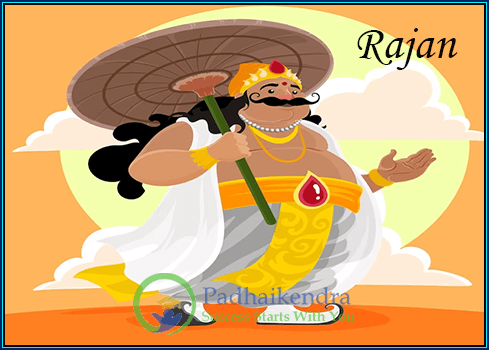Meaning of the term Rajan (GopatiJanasya or Janasyagopa) used during Vedic period
The term “Rajan” (GopatiJanasya or Janasyagopa) was used during the Vedic period in ancient India to refer to a king or ruler. The term comes from the Sanskrit word “raja,” which means “king” or “ruler.”
In the Vedic period, society was organized into different classes, or varnas, with the Kshatriyas, or warriors, at the top. The Rajan was the leader of the Kshatriyas and was responsible for protecting and governing the people.
The Rajan was expected to uphold the dharma, or the ethical and moral principles of right conduct, and to maintain order and justice in society. The Rajan was also responsible for leading his people in times of war and was expected to be a skilled warrior and military strategist.
The position of Rajan was not hereditary and was often determined through a system of election or appointment by a council of elders or nobles. The Rajan was expected to be chosen based on his qualities of leadership, courage, and wisdom.
The role of the Rajan was important in ancient India, and many of the hymns in the Rigveda, one of the oldest sacred texts of Hinduism, are dedicated to the praise of the Rajan and his virtues.

